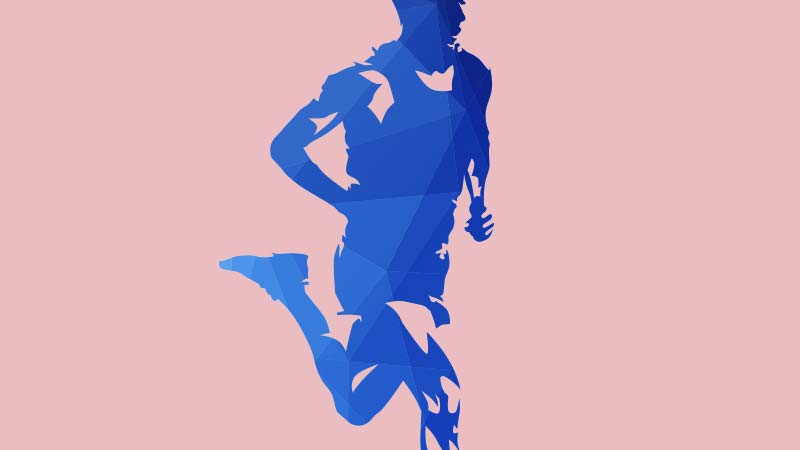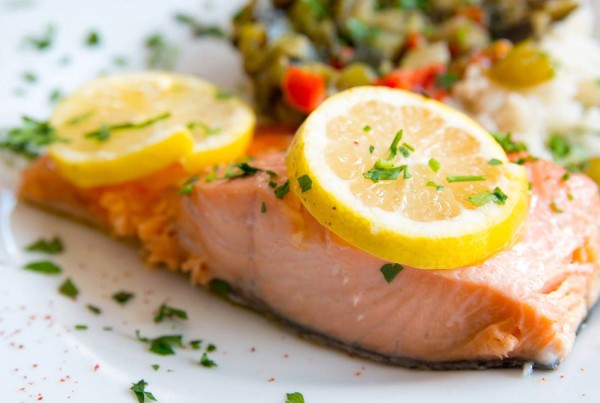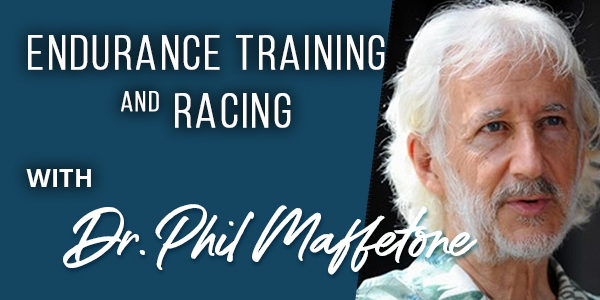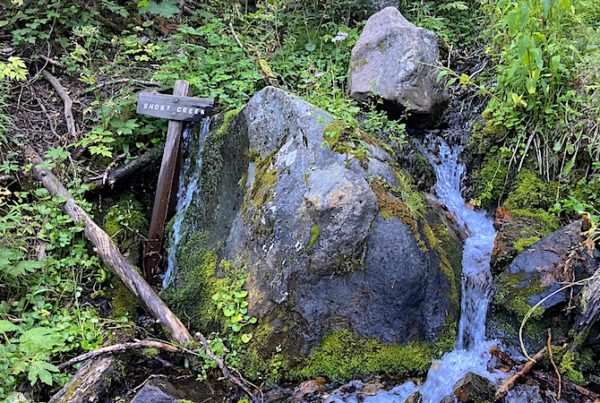
The sub-two-hour marathon mark will be achieved by a man with ancestral assistance, and legally. It won’t be a cheapened version of a bogus race staged as an ad campaign either. Some humans are naturally born to run 1:59. As we stride down from the new record of 2:01:39, whose genes will crack two hours?
Humans have won an ancestral endurance race, as our genes are the fittest survivors. But we had help from the silver and bronze runner-ups, who literally became part of us.
At one time, 50,000 or so years ago, both Neanderthals and Denisovans roamed the Earth alongside humans (at least in Europe and Asia). They more than co-mingled, these kissing cousins got cute with each other. Eventually, humans won the evolutionary race, but not before absorbing some important genes, and characteristics, from our close friends.
The Neanderthals and Denisovans disappeared, and here we are.
The result is that today, our family tree shows that most of us have mixed ancestral genes from Neanderthals and/or Denisovans. Our shapes and sizes, and other features passed along from our lost colleagues, influence, among other things, our marathon times. Some people are too big and bulky to run world class paces, but a good number of others have the right stuff and can, and have. Most likely, there are more sub-two-hour marathoners out there right now than we could imagine. Where might they be?
Recently Kenyan Eliud Kipchoge broke the world marathon record at the Berlin Marathon by more than a full minute, running 2:01:39.
With this new record, obviously marathoners from East Africa seem the best bet. They are the reigning best marathoners. They come down from the mountain, show up at races, and break world records. Unfortunately, most become Westernized and get addicted to junk food and poor health, limiting their capabilities long term.
Who are the next generation of great endurance runners? Since the early days of the Olympics, succession of many nations have claimed great champions. Runners with various genetics have dominated distance events since the early 1900s:
- The United States’ first wave of great runners were Native Americans, and the swiftest came from the Hopi Tribe, who had a deeply spiritual reverence for running as a means to connect to their ancestors and gods. The most famous Hopi runner, Lewis Tewanima, twice represented the U.S. in the Olympics and picked up the silver in the 10,000 meters at the 1912 Stockholm Games. (Fifty-two years passed before another American medaled in the 10,000 meters, when Billy Mills, who was of Sioux descent, took gold.)
- Finland ruled the middle- and long-distance international scene for several decades, beginning with the 1912 Olympics. Its runners were known as “The Flying Finns.” Years later, at the 1972 Munich Olympics and 1976 Montreal Games, the last of the great Flying Finns, Lasse Viren, won a total of four golds in the 5,000 meters and 10,000 meters.
- After World War II, England was a powerhouse in middle-distance running (the mile, not the marathon, was the crowd-drawing attraction). Then along came other English-speaking nations — New Zealand, Australia, and Ireland — which produced a number of world-record milers and middle-distance champions. The U.S. wasn’t far behind, with Frank Shorter’s marathon victory in the 1972 Munich Olympics, another catalyst for the running boom, with Alberto Salazar making a big splash in the early 1980s.
- The Tarahumara Indians from Mexico, written about by author Christopher McDougall in his book Born to Run, who actually spend little time running (they mostly walk) yet their running performances at ultramarathon distances were great. I say “were” because as their population has become overfat, we hear less and less about their great performances.
- In recent years, it’s been the Africans from Kenya, Ethiopia and Eritrean, that have pulled away from the rest of the world, at least for now.
An important question is why won’t the East Africans remain the best? I used to wonder about this, knowing that genes don’t change that much from one generation to the next. But lifestyle does. And lifestyle, not just genes, plays a primary role.
This means genetics are only part of the picture. As we watch one population of great runners after another fade away due to lifestyle stress, we should remember running history. I don’t think Nobel laureate Bob Dylan considered genetics when he wrote “the times they are a changin’,” but they have and will continue to do so. We await the next great race.
While there’s no running gene, genetics does influence marathoning ability. A small running frame can be economically sound, for example. And, coming from a long line of generations living at altitude no doubt affects physiology, especially the genes that provide the ability to grab more oxygen out of thin air — this is one important genetic contribution the Denisovans made to human physiology.
So where are these Denisovan genes? When I was researching my book, 1:59, I looked for all the clues — the special combination of genetic and lifestyle factors — to try answering the question about which population may become the next great marathon champions. It was high in the Himalayas that I found a possible answer to this puzzle. The Tibetans have a high prevalence of these important oxygen-grabbing Denisovan genes. Together with living at high-altitude, close to nature and essentially off the stress grid, not to mention being barefoot often from birth, a young shepherd named Xi became my fictional character who sought 1:59 in my novella Million Dollar Marathon.








